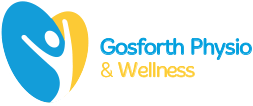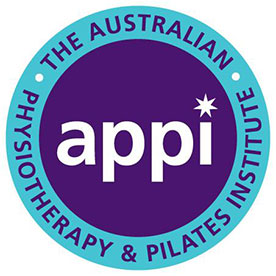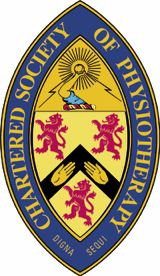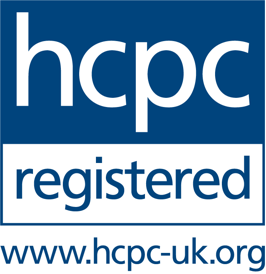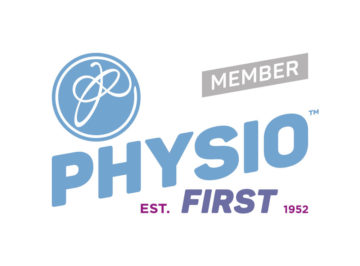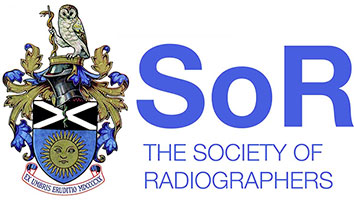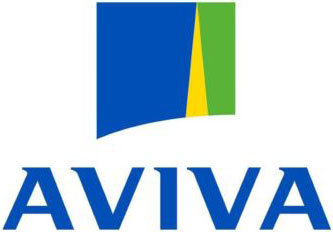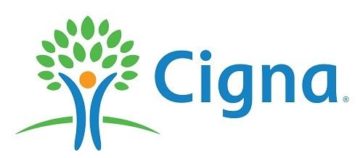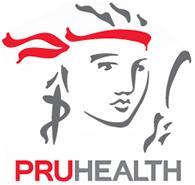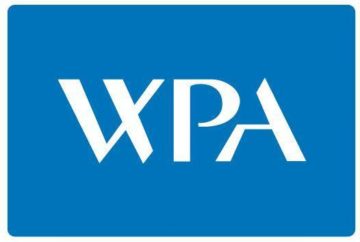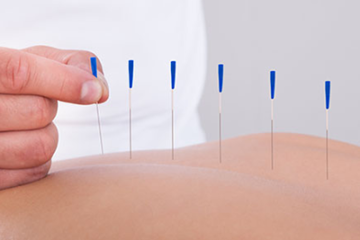
The Benefits of Acupuncture
Acupuncture is derived from ancient Chinese medicine but is used clinically by physiotherapists today to help with both acute and chronic pain relief.
Conventional acupuncture involves single-use sterilised needles of various widths, lengths, and metals to pierce the skin at particular trigger points on your body. A trigger point is a tight area of muscle or an overly tense and stiff muscle that is causing pain either locally or in a ripple effect across your body. The insertion of a needle into this area stimulates blood flow and the healing process in this area, leading to the eventual relaxation of the muscle.
A range and varying number of needles can be used in each treatment and left for between 20 and 30 minutes. The process stimulates the production of natural chemicals like endorphins, serotonin, and melatonin. These chemicals offer pain relief as well as being ‘feel-good’ chemicals, with melatonin aiding sleep and promoting relaxation.
These are acupunctures two main benefits, which is why it is considered a fantastic complementary treatment to physiotherapy as well as an effective therapeutic wellness process. In particular, studies have shown acupuncture is effective with muscles pain and migraines or tension-type headaches but is used in various different ways for a huge range of problems.
At Gosforth Physio & Wellness we have a policy of Better by 5, which means that if you don’t see an improvement while participating in the treatments we recommend for you in 5 sessions then we take a step back and reassess your situation.
If you’re considering acupuncture with us, you can book in for a FREE 15-minute phone consultation on whether this treatment would be right for you on 0191 284 9111 or contact us through our website.
